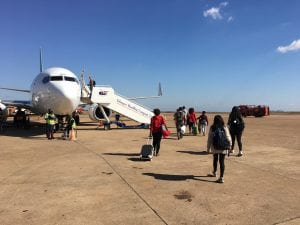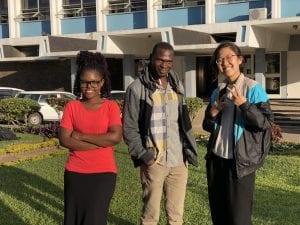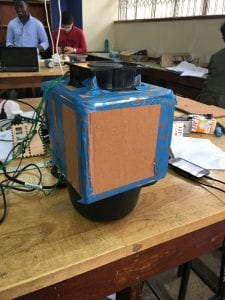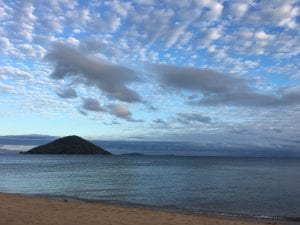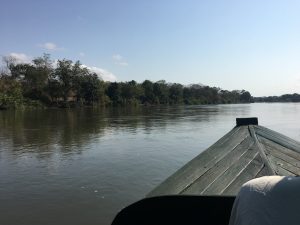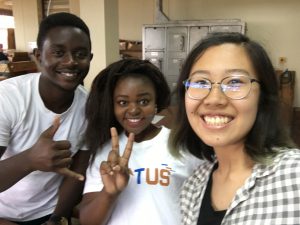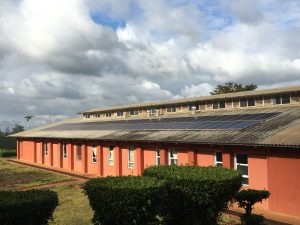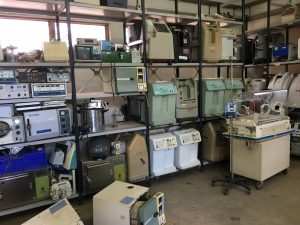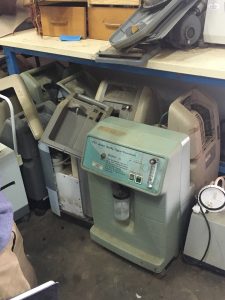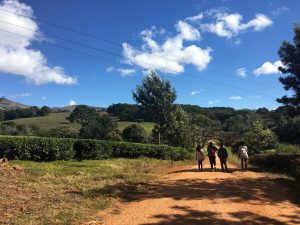3 am is a great time for reflection. A week ago, I was able to ponder the plot to season 2 of Stranger Things. This morning I looked back on all the memories we made with the interns at the Poly. It’s such a bittersweet feeling. On one hand, I’m so happy to have met all of them. Their genuine nature and good humor brightens the environment in the studio. On the other hand, I’m regretful that our time together with them was so short. When we had dinner with the interns, Dr. Gamula (Dean of Engineering at the Poly), and some of the Poly lecturers, I looked around the table at each of them and knew they were people I wanted to see for more than just two months.
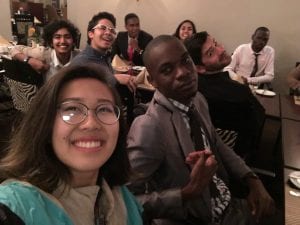
Alas, each journey has an ending point. Today we’re flying out of Chileka International Airport and heading to sunny Houston. I’m really going to miss seeing all the hand painted shop names and the minibuses crowding together. Really, I’m going to miss the friends we made. There’s my team, Nafe and Isaac, who have such hardworking attitudes when it comes to every aspect of projects. They’re unafraid to try new things and have sometimes truly ingenious ideas. Isaac had ingenious ways of designing the device and would always think of new improvements. Nafe’s zeolite experimentation actually gave us the push we needed in writing our regeneration procedures.
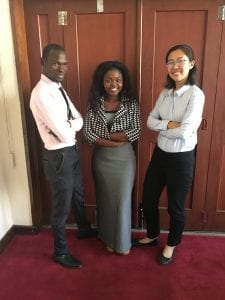
The other interns also have a special place in my heart. There’s Alfred, who has a way of making any story a captivating adventure, and Gloria, who has the most contagious laugh I have ever heard. There’s Taonga, who’s one of those people that says hilarious things without ever meaning to, and Demobrey, who has as much music smarts as he does academic. Finally there’s Matthews, who takes care of everyone like an older brother, and Timothy, who is definitely going to be a CEO one day. As much as we were all working together, I think I learned more from the interns than I ever expected.
I’d like to think goodbyes are only temporary. The world is only as big as we try to make it. With Whatsapp and the internet, I’m sure this isn’t the last that we will hear from the Poly interns and it definitely won’t be the last time I visit Malawi. My two months in the warm heart of Africa have been truly eye-opening. I’m so thankful to have had the opportunity to do this internship and that’s largely due to the support of the Rice 360 donors who made this trip possible. I’m glad to have support from these donors as well as the Rice 360 staff who have prepped us so well.
Thank you for following my journey these few weeks. Zikomo kwambili, tionana! (Thank you, see you later!)
